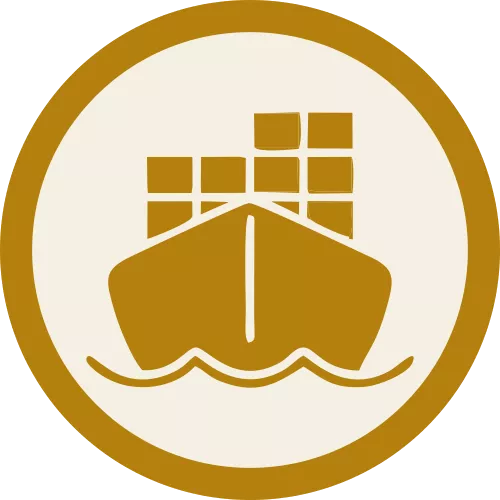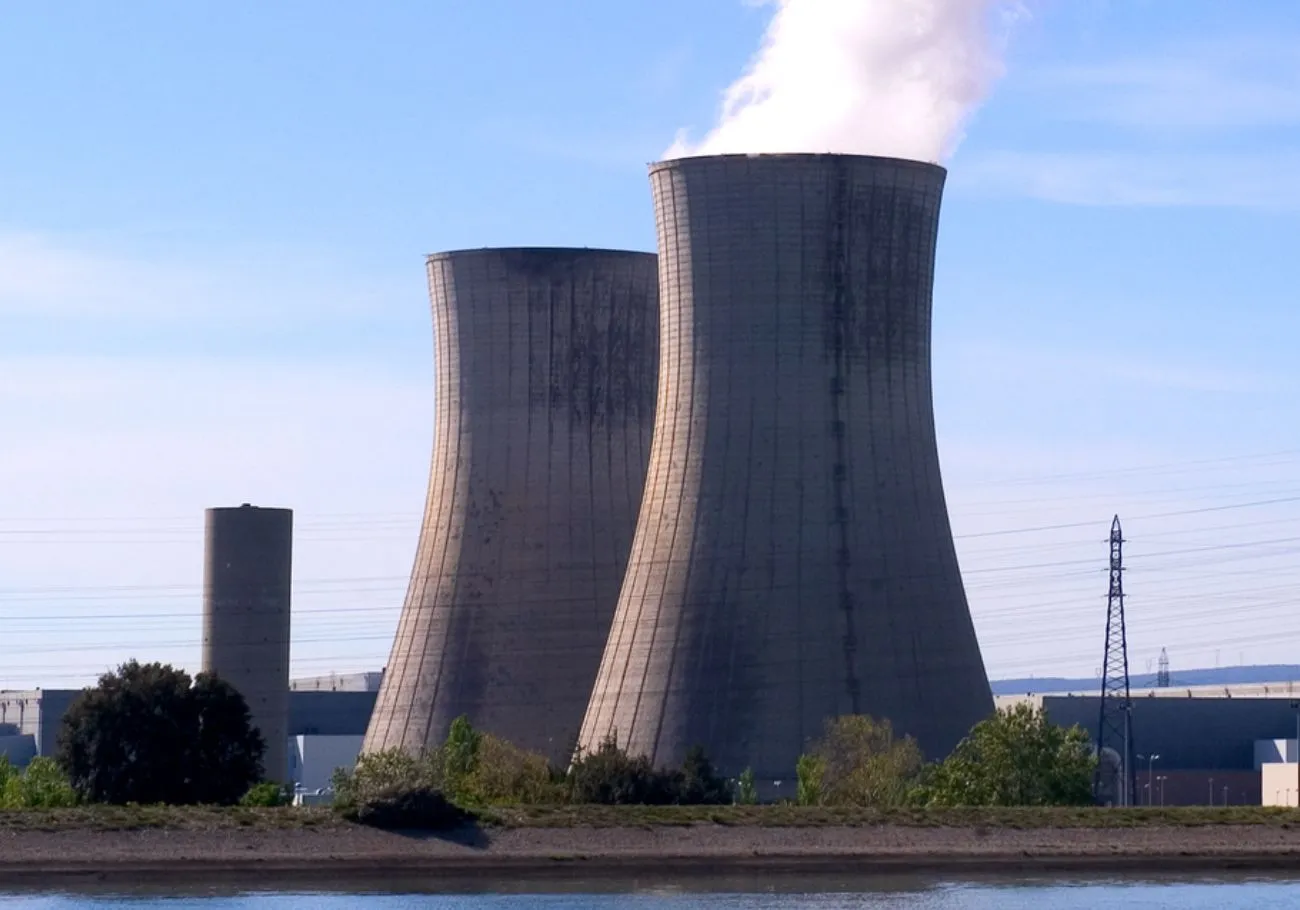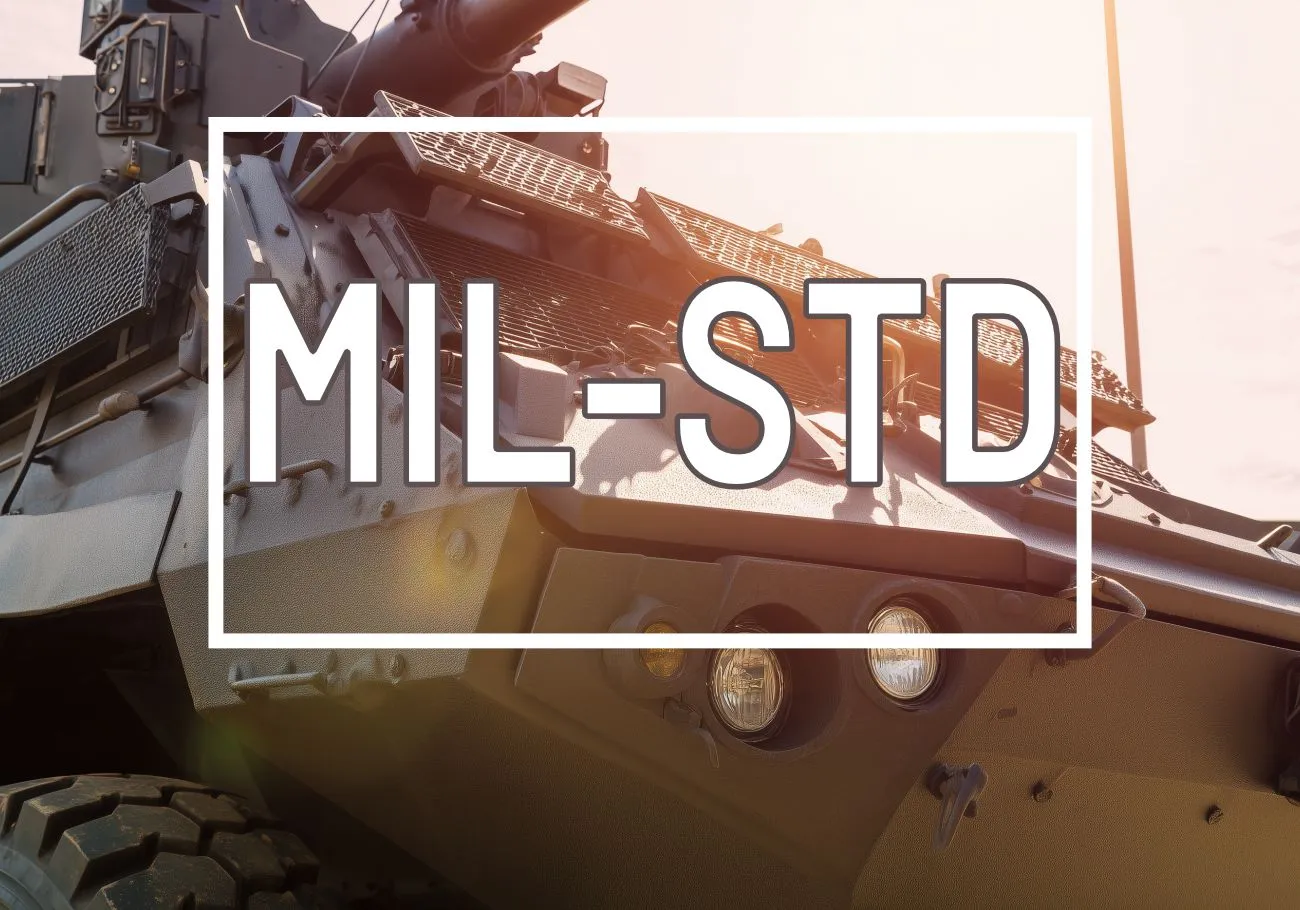Tests in explosive atmospheres
Validate safety in explosive environments
Why carry out tests in an explosive atmosphere?
- Ensure compliance with aeronautical standards such as RTCA DO-160 section 9, MIL-STD-810 method 511.5 and EUROCAE ED-14D.
- Test the resistance of equipment to explosive environments and ensure that it does not generate ignition.
- Check the tightness and strength of protective enclosures designed to contain an explosion or flame in the event of internal failure.
- Ensure the safety of installations and operators by limiting the risk of explosion.

Types of tests in explosive atmospheres
Our laboratories perform a wide range of specific tests:
Non-ignition tests
- Testing of operation in explosive atmospheres without causing ignition.
- Assessment of the compatibility of electrical and mechanical components.
Explosion containment tests
- Testing of protective enclosures to verify their ability to contain an internal explosion.
- Simulation of overpressure and temperature rise conditions.
Surface temperature tests
- Analysis of hot spots that could trigger ignition.
Our services in explosive atmosphere testing
Our testing capabilities and technical resources
Explosive atmosphere test facilities
- 450 dm³ test chamber with precise pressure and temperature control.
- Altitude simulation up to 12,200 metres (40,000 feet).
- Test temperature ranges from up to 120°C
Talk to our experts in explosive atmosphere testing
Monitoring and analysing results
- Integrated thermal and pressure sensors.
- Real-time measurement of equipment reactions under stress.
- Video recording of tests and post-test analysis.
Standards applicable to tests in explosive atmospheres
- RTCA DO-160 section 9: Aeronautical Equipment Qualification.
- MIL-STD-810 method 511.5: Military standards for explosive environments.
- EUROCAE ED-14D: Safety testing of equipment exposed to flammable atmospheres.
Integrating tests in explosive atmospheres into product development
- Analysing the normative requirements specific to your sector.
- Implementing tests using protocols tailored to your products.
- Interpretation of results and optimisation of designs.
Needs
Discover a selection of additional resources that explore topics related to this page including regulatory contexts, technical articles, and specific areas of expertise. These materials provide further insight to help you better understand the key challenges and available solutions.
Contact us for a quote










